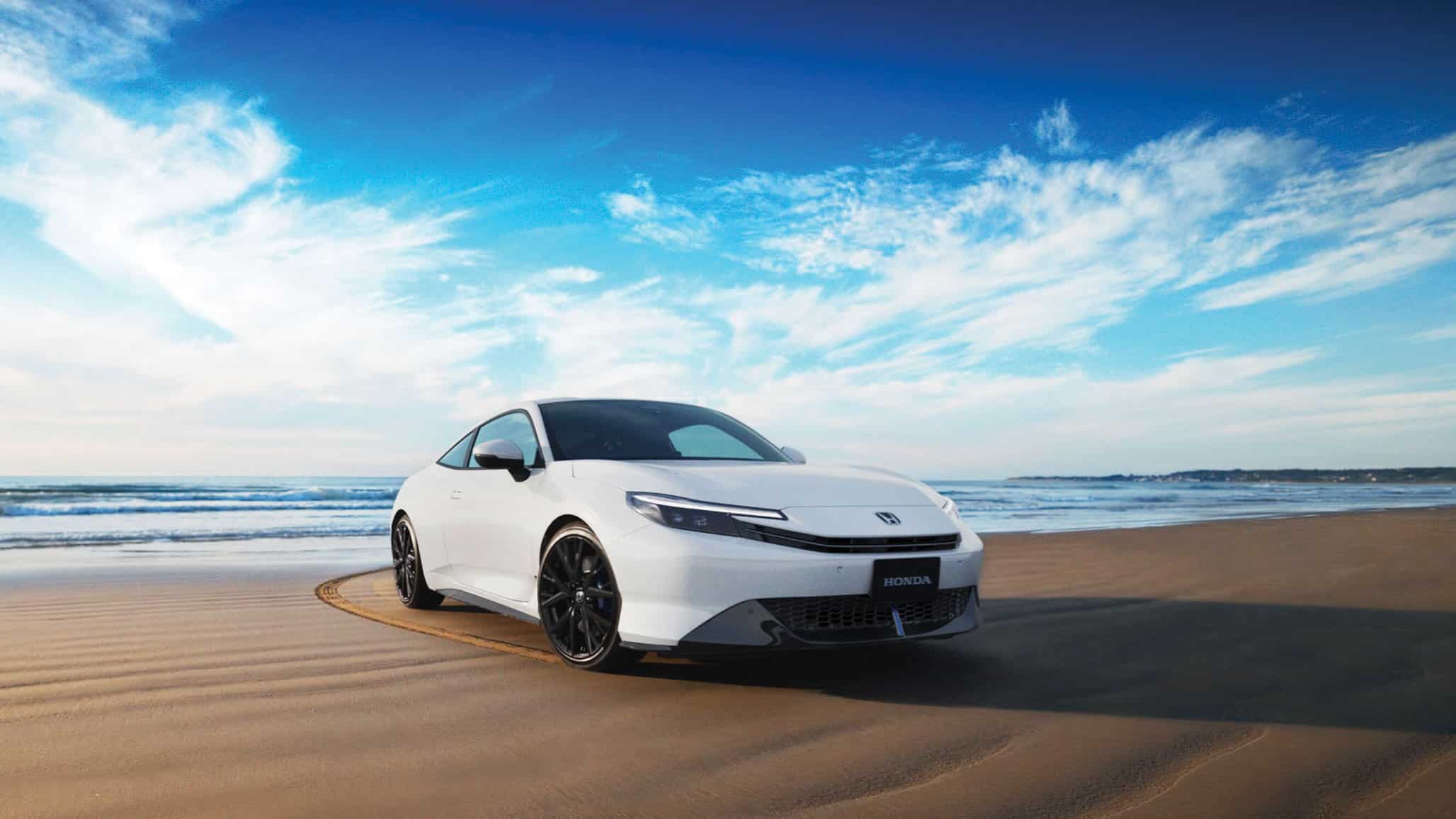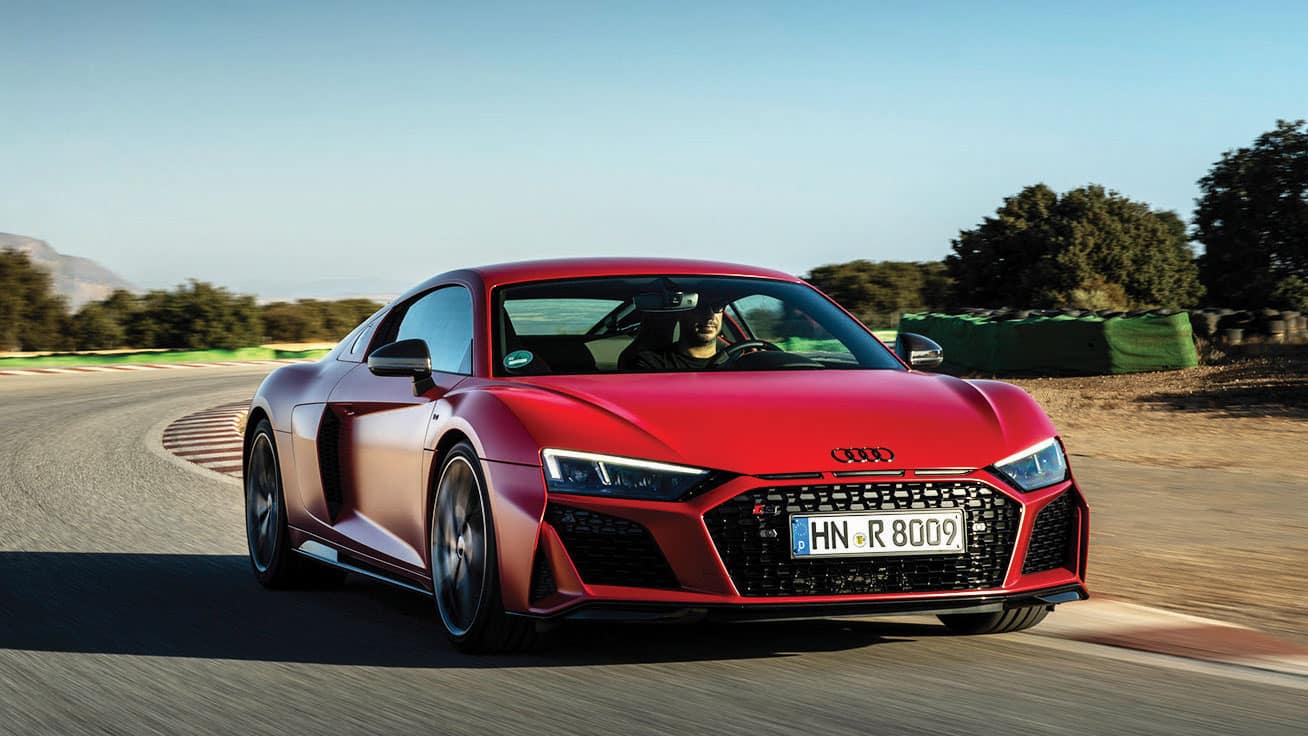Those US tariffs explained
The British car industry is too reliant on the American market

Reckon you could service all of these cars and have always fancied living on the Welsh border?
The single-biggest headache faced by the UK car industry in relation to Donald Trump’s tariffs is that no one knows almost from one day to the next what he’s going to decide to do – or not do, making future planning almost impossible. As I write these words he has just announced a 90-day moratorium on the imposition of tariffs on all countries save China, except for now at least it doesn’t include the 25% tariff applied to all cars imported into the US; when I wake up tomorrow he could have decided that it does. Who knows?
But let us say for now that the 25% is here to stay. Just how big a problem will that be? And the answer is that it will be a far bigger problem for some than others. But you’ll see the general scale of what the industry is facing as a whole when you learn that the most recent figures (up to the end of Q3, 2024) show that in the previous year we exported £8.3bn in cars to the US, making cars the single-most valuable goods we send over there, beating medicine and pharmaceuticals by over £1bn.
Even so, there’s a big difference between selling a $600,000 Rolls-Royce and a $60,000 Land Rover. And I think right at the top end companies like Rolls will not fare too badly, first because people who can afford such cars are less likely to be put off, second because there is no American alternative, and third because the margins are so much more there’ll be a greater capacity for manufacturers to absorb some of the pain themselves.
There is a flip side to this: if Trump does manage to tip the US into its first recession since Covid, companies like Rolls-Royce, Bentley and Aston Martin will be hit harder, not so much because their customers can no longer afford their cars, but because being seen in a new Roller when all around people are losing their jobs – probably including your own employees – is not a good look.
But I’m not surprised JLR stopped exporting to the US for a month: having cars you can’t sell piling up at the docks or in the dealerships is not a great look either and does no favours for your residuals. In the longer term they’ll all have to weather the storm as best they can, hope it blows over soon and in the meantime start to wean themselves off their dependence on the US. Truth is they have probably been too reliant on the relatively easy wins found over there and must now reconfigure their business models to ensure a change of trading environment in any single region can never pose a potentially existential threat to its existence.
“We exported £8.3bn in cars to the US, beating medicine by over £1bn”
In the UK the government’s response to these tariffs has been a relaxation of rules regarding EVs. Or at least that’s what it’s claiming. Under the new regulations hybrids will still be able to be sold until 2035, and manufacturers will be able to backload their mandated EV sales, selling more in the future to avoid the fines levied by selling fewer than they are permitted now. Those fines will be lowered from £15,000 to £12,000 and ‘low volume’ manufacturers will be exempt and therefore able to go on selling pure ICE cars until at least 2035.
Two points to make here. First, while these moves are welcome, they don’t go far enough when what is required is for the fines to be lifted altogether and all types of car to be sold until 2035. It must be galling for manufacturers to be facing such fines when they’ve strained every sinew to produce the best EVs they can but to see customers still put off because the government imposing those fines has failed utterly (as did the one before) to create the infrastructure essential to these cars’ success.
The second point is don’t believe for a moment this is a reaction to Trump’s tariffs, for they are no more than a timely excuse to allow the government to run away from its previously stated and unachievable position without it looking like the U-turn it clearly is.
What is the third-most important aspect to consider when buying an old car, behind ‘do I want it?’ and ‘can I afford it?’ It’s ‘who’s going to look after it?’
I own an old Caterham, an even older Land Rover, an aged Fiat 500 and an ancient 2CV. Some of the simplest, most basic cars ever created. And yet each one has to go to a different person every time it needs the smallest amount of work. Two are located nearby, two not close at all. I know a sizeable number of you are now saying I should do the work myself, but I don’t have the time, temperament or, frankly, the inclination. When I ask either of the locals if they’d look at a car other than the one they already tend, I get a stare followed by, “I don’t do those” and there the conversation ends. I would pay considerably over the odds just to have someone nearby who could service them all because it would save me huge amounts of time not having to drop them further afield and find my own way home, or money by not having to pay people to come and get them.
Maybe I should buy Haynes manuals and succumb to getting my fingers dirty, but every time I’ve tried it in the past something’s gone wrong and I’ve usually had to call someone to rescue a car I’ve inadvertently immobilised.
So if you know your way around cheap, simple old motors and fancy a move to the lower Wye Valley, there is a client in waiting already there, ready, willing, able and really very grateful to give you his custom.

Mercedes-Benz G 580
Geländewagen EV is a step too far
This all-electric G-Class is impractical, expensive (£154,860) and weighs in at 3.2 tonnes. It can’t tow a lawnmower and you’ll think twice about heading off across Europe in it because its sub-300 mile range means you’ll be looking for charging stations at 200 motorway miles.
Verdict: G-Wagen has jumped the shark.

Prelude makes a return
Last seen in 2001, Honda’s 2+2 is back for ’26
Remember the Prelude? Honda does. And it’s shown a new one, to arrive in the UK in ’26. As ever it’s a two-door coupé with 2+2 seating and, to these eyes, a rather svelte appearance. And don’t worry that the car here is a ‘concept’, for the production version is likely to vary in small detail only.

Could the r8 rise again?
Production ended in ’24 but rumours are rife…
The Audi R8 may be about to perform a return from the dead worthy of Lazarus. As the R8 shared its underpinnings with the Lamborghini Gallardo and Huracán, so too is the latter’s replacement, the Temerario, in production with a 907bhp V8 twin-turbo triple electric motor powertrain. It’s an opportunity too good to miss.

